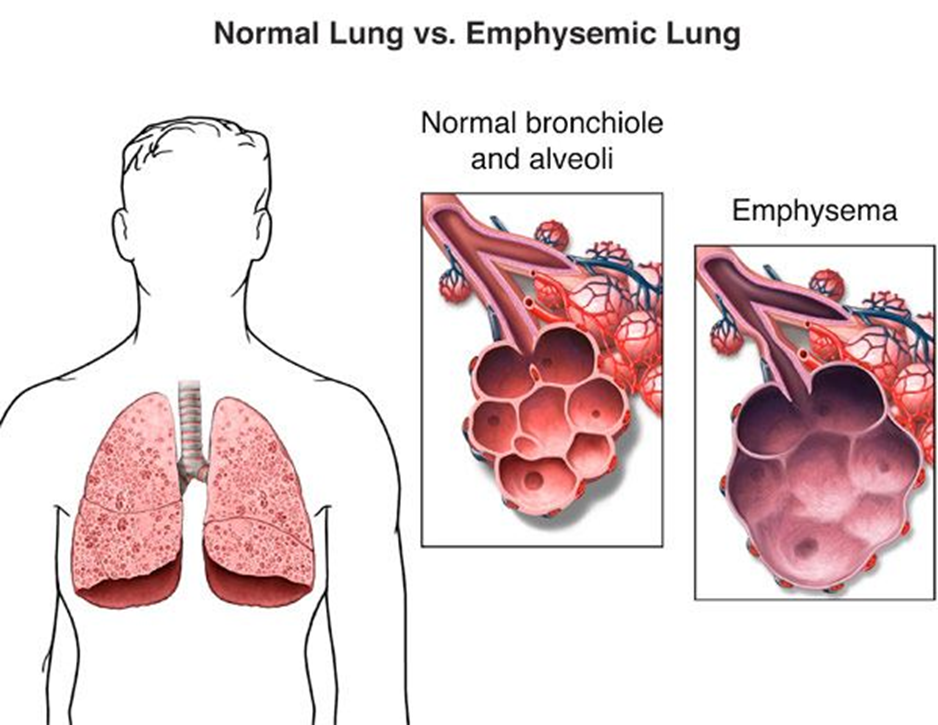The nurse is caring for several clients on a hospital unit. Which of the following clients is most at risk for hypoglycemia?
A client with type 1 diabetes mellitus who has taken a high dose of insulin
A client who has type 2 diabetes and has not taken any medication
An older adult client taking an antibiotic for an infection
A client who has metabolic syndrome and is taking a statin drug to lower cholesterol levels
The Correct Answer is A
Choice A reason: A client with type 1 diabetes mellitus who has taken a high dose of insulin is at significant risk for hypoglycemia. In type 1 diabetes, the body does not produce insulin, so insulin therapy is essential for controlling blood glucose levels. However, if the dose of insulin is too high relative to the patient's dietary intake or physical activity level, it can lead to a rapid decrease in blood glucose levels, resulting in hypoglycemia. Hypoglycemia is defined as a blood glucose level less than 70 mg/dL (3.9 mmol/L) and can cause symptoms such as confusion, sweating, weakness, and in severe cases, seizures or loss of consciousness.
Choice B reason: A client with type 2 diabetes who has not taken any medication may have elevated blood glucose levels but is not typically at immediate risk for hypoglycemia unless they are taking medications that lower blood glucose. Type 2 diabetes is characterized by insulin resistance, and while medication can help manage it, skipping medication does not usually result in hypoglycemia unless other factors are at play.
Choice C reason: An older adult client taking an antibiotic for an infection is not generally at risk for hypoglycemia unless the antibiotic interacts with other medications that the client is taking for diabetes management. Antibiotics themselves do not typically cause hypoglycemia.
Choice D reason: A client who has metabolic syndrome and is taking a statin drug to lower cholesterol levels is not at direct risk for hypoglycemia from the statin medication. Metabolic syndrome is a cluster of conditions that increase the risk for heart disease, stroke, and type 2 diabetes. While statins are used to lower cholesterol levels, they do not have a direct impact on blood glucose levels that would lead to hypoglycemia.
Nursing Test Bank
Naxlex Comprehensive Predictor Exams
Related Questions
Correct Answer is A
Explanation
Choice A reason: Checking the pulse distal to the graft is essential to ensure that the graft is patent and that there is adequate blood flow to the distal extremity. A palpable pulse indicates that the graft is functioning properly and not occluded. The absence of a pulse could signify a serious complication, such as thrombosis or stenosis, which requires immediate attention.
Choice B reason: Keeping the left forearm below the level of the heart is not recommended as it can increase venous pressure and swelling, potentially compromising graft function. The extremity should be kept at or above heart level to promote venous return and reduce the risk of edema.
Choice C reason: Collecting blood specimens from the graft is generally avoided to prevent damage to the graft. Blood draws can be performed from other sites to protect the integrity of the graft.
Choice D reason: Splinting the left forearm is not a standard postoperative care measure for an arteriovenous graft. While protecting the graft from injury is important, immobilization with a splint is not necessary and can impede mobility and circulation.

Correct Answer is A
Explanation
Choice A reason: Administering oxygen at 2 L/min is appropriate for clients with emphysema who have hypoxemia. Oxygen therapy should be titrated based on the client's oxygen saturation levels to avoid suppressing the respiratory drive.
Choice B reason: The use of incentive spirometry is beneficial for clients with emphysema as it encourages deep breathing and helps prevent atelectasis. It is an appropriate intervention to include in the plan of care.
Choice C reason: Breathing exercises for clients with emphysema typically focus on prolonging the exhalation phase, not the inhalation phase, to improve airway clearance and reduce the work of breathing.
Choice D reason: Limiting fluid intake is not generally recommended for clients with emphysema unless there are specific contraindications. Adequate hydration can help thin secretions and improve mucus clearance.

Whether you are a student looking to ace your exams or a practicing nurse seeking to enhance your expertise , our nursing education contents will empower you with the confidence and competence to make a difference in the lives of patients and become a respected leader in the healthcare field.
Visit Naxlex, invest in your future and unlock endless possibilities with our unparalleled nursing education contents today
Report Wrong Answer on the Current Question
Do you disagree with the answer? If yes, what is your expected answer? Explain.
Kindly be descriptive with the issue you are facing.
